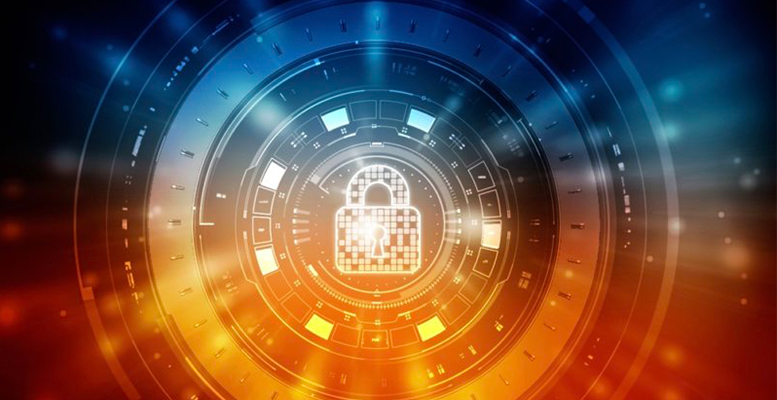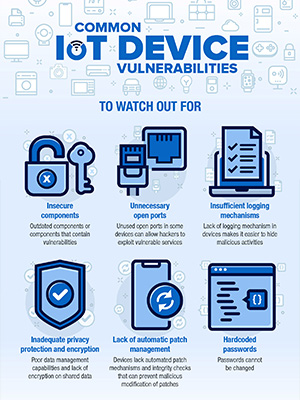
No enterprise is completely immune to cyber security attacks. Instead of focusing solely on preventing attacks, organizations should ensure they are able to respond quickly, recover and maintain operations. In other words, they should become cyber resilient.
Cyber resiliency requires establishing policies and processes that help an organization to survive and continue to execute its long-term strategy in the face of evolving security threats. Cyber resiliency should be part of a holistic approach to security that takes all aspects of the business into consideration, from employees and partners to the board of directors. Improving security is not a one-time project, but instead is a program of continuous improvement.
To become cyber resilient, enterprises must strike a balance between these three actions: protecting critical assets, detecting compromises and responding to incidents. Making the IT landscape cyber resilient requires investments in infrastructure, design and development of systems, applications and networks. At the same time, organizations must create and foster a resilience-conscious culture, of which security is an essential part.

An enterprise cyber resilience strategy includes three main components:
- Adapt business and IT systems to next-generation threats. Enterprises must prepare for global malware and ransomware attacks, as well as more subtle attacks, where the adversary lurks inside the network. Begin by defining your enterprise security architecture to address prioritized risks. Get a fresh baseline of your current security stance. For example, find out how your enterprise would recover from ransomware if multiple sites, the Active Directory, and backup platforms were to become encrypted. Evaluate critical applications and their dependencies on infrastructure; then define a communications and command structure to ensure business continuity.
- Update your security governance strategy. Governance is essential to successful security planning and key to attaining cyber resiliency. To ensure that your strategy measures up, incorporate strategies for protection, detection and response. Update and test business continuity and crisis management plans to cover new models of sourcing. Expand crisis management requirements to include all partners and suppliers. Make board members aware of cyber risks and the steps to effective cyber resiliency. Review and refine older access and software-patching policies and consider adopting role-based access control (RBAC) to more efficiently regulate access to computer and network resources.
- Create a resilience-conscious culture. Encourage all employees — not just the cybersecurity team — to adopt a cyber resilient mindset. Stress that employees are the first line of defense when it comes to threats such as phishing and malware. Promote collaboration across teams with pertinent information about security and threats. Coach employees to share knowledge with appropriate authorities and peers both within and outside of the enterprise.
Keep looking ahead
New threats are emerging as organizations adopt new technologies as part of ongoing digital transformation. Enterprises must be prepared and properly staffed to address these challenges:

- Internet of things (IoT) vulnerabilities. Consider system cyber and physical security requirements and resilience before widely deploying and depending on IoT systems. Use IoT gateways and edge devices to segregate and provide layers of protection between insecure devices and the internet to help manage the overall lack of IoT security.

- Blockchain complexities. Blockchain technology, by its nature, is distributed and resilient. But blockchain moves transactions toward a decentralized model, making it essential to control private cryptography keys. When embedding security into blockchain transactions, use role-based authentication and end-to-end encryption to properly protect data.

- Lack of Security Operations Centers (SOCs) resources. Examine the important role SOCs play in bringing together the resources needed to direct the defense. Define what constitutes suspicious activity, identify vulnerabilities, configure detection technologies, search for and validate active threats and ultimately notify affected parties. SOCs must manage and monitor identities, as well as ensure compliance with policies and regulatory requirements.

- Transition to DevSecOps. Consider adopting a comprehensive DevSecOps model that incorporates review and governance and supports faster release schedules and innovation. Determine whether your organization can commit to the requirements necessary for success, which include changing to a culture of collaboration, building security throughout the development life cycle and evaluating technical and business risks.
Achieving cyber resiliency should be a modular transformation that evolves from a well-defined strategy to a project roadmap. Make sure you define a strategic direction aligned with business objectives, outline a plan to achieve that direction, and ensure proper execution of that plan, including decision making based on risk management.






